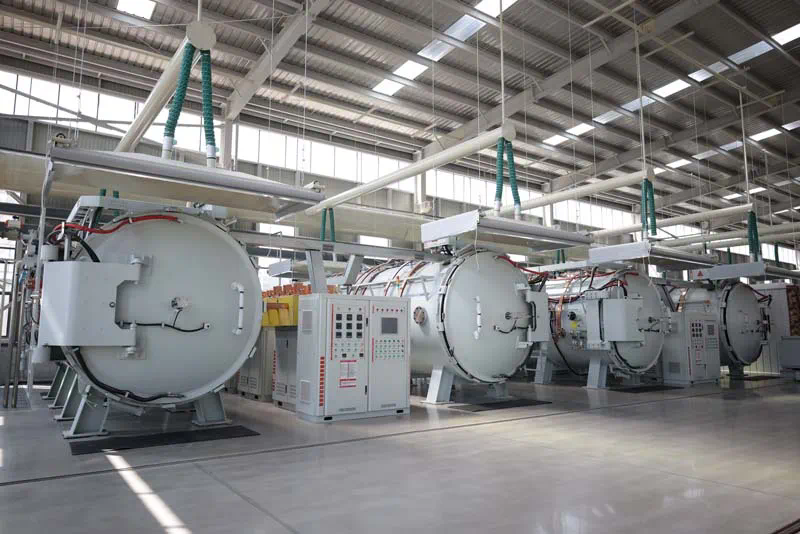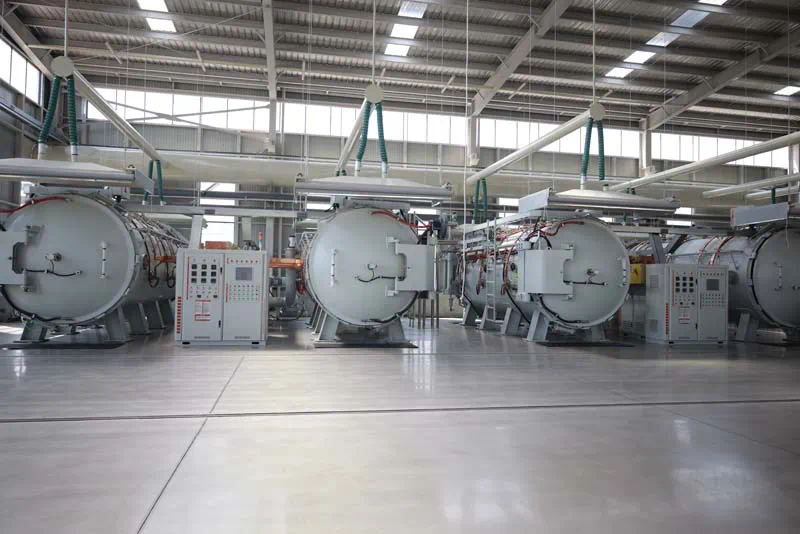Five Advantages of Using Silicon-Carbide Crucibles – Why It’s Becoming the Industry Standard
Silicon-carbide (SiC) crucibles have steadily risen to prominence as the preferred material for high-performance melting and casting applications. Crucibles, being essential tools in metallurgy, materials science, and various industrial processes, need to possess a range of properties, including high thermal stability, resistance to chemical attack, and durability under extreme conditions. Traditionally, materials such as graphite and alumina have dominated the crucible market. However, silicon carbide crucibles are quickly becoming the industry standard due to their superior performance across a wide range of applications.
In this article, we will explore the five main advantages of using silicon-carbide crucibles and examine why they are becoming the material of choice for industries that require high temperature processing. These advantages include excellent thermal conductivity, outstanding resistance to thermal shock, superior chemical stability, long lifespan, and their environmentally friendly nature.

1. Exceptional Thermal Conductivity
One of the standout characteristics of silicon-carbide crucibles is their excellent thermal conductivity. This property is crucial in industries where materials need to be heated or melted at high temperatures. Silicon carbide offers far better thermal conductivity compared to traditional materials like graphite or alumina. The high thermal conductivity ensures that heat is distributed uniformly across the crucible, leading to efficient melting processes and consistent temperatures, which is particularly important for applications like metal casting, glass melting, and the processing of high-performance alloys.
Moreover, the rapid heat transfer provided by SiC crucibles allows for faster melting times. This can significantly improve overall productivity in industrial operations, where reducing cycle times is a critical factor in meeting high production demands. The quick heating silicon carbide crucible australia also reduces the wear on heating elements, thereby increasing the overall efficiency of the melting process and reducing energy consumption.
2. Superior Resistance to Thermal Shock
Another key advantage of silicon-carbide crucibles is their exceptional resistance to thermal shock. Thermal shock occurs when a material experiences a rapid temperature change, causing it to crack or fracture. In high-temperature processing environments, such as metal smelting or ceramic production, the materials used for crucibles must be able to withstand such changes without failure. Silicon carbide crucibles excel in this regard, as they can handle rapid temperature fluctuations without suffering from cracks or breakage.
The ability of silicon carbide to resist thermal shock is due to its inherent material properties, including its high thermal expansion rate and the ability to retain strength even at extreme temperatures. This makes SiC crucibles ideal for industries that deal with molten metals or other high-temperature substances. The reduced likelihood of damage from thermal shock directly translates to a longer lifespan for the crucible and fewer disruptions in the production process, saving both time and money.
3. Outstanding Chemical Stability and Corrosion Resistance
In addition to thermal performance, silicon-carbide crucibles offer excellent chemical stability and resistance to corrosion. In many industrial applications, crucibles come into contact with highly reactive and aggressive substances, such as molten metals, glass, or acids. If the crucible material is not chemically stable, it can degrade over time, contaminating the processed material and reducing the efficiency of the entire operation.
Silicon carbide crucibles are highly resistant to oxidation, as well as to a variety of chemicals, including sulfur, chlorine, and alkalis. They do not easily react with metals like aluminum, copper, or iron, which ensures that the purity of the molten material is maintained throughout the process. This high resistance to corrosion and chemical attack extends the life of the crucible and reduces the risk of contamination, which is critical in industries that demand high-quality and pure products.
Furthermore, SiC’s ability to resist corrosion in extremely hot environments makes it a preferred choice for industries where crucibles are used to process molten glass, foundry metals, or even non-metallic materials like ceramics. As a result, silicon-carbide crucibles are able to maintain their structural integrity over extended periods, offering reliability in harsh chemical environments.
4. Extended Lifespan and Durability
The combination of superior thermal conductivity, thermal shock resistance, and chemical stability contributes to the long lifespan and durability of silicon-carbide crucibles. In many industrial applications, crucibles are subjected to repeated cycles of heating and cooling, which can cause wear and tear on the material. Traditional materials like graphite or clay-based crucibles often break down more quickly under these conditions, leading to frequent replacements and higher operational costs.
Silicon carbide, on the other hand, is highly durable and can withstand repeated thermal cycling without significant degradation. The material’s robust properties prevent it from cracking, warping, or eroding over time, ensuring a longer service life. This extended lifespan results in fewer replacements, reducing overall costs and minimizing downtime in industrial processes. The reduced need for frequent crucible replacement also translates into reduced waste, making SiC crucibles a more economical and sustainable option in the long run.
Moreover, the high durability of silicon-carbide crucibles means they can be used in a variety of demanding applications, including those that involve extremely high temperatures, reactive materials, and heavy-duty workloads. Industries such as aerospace, automotive, and metal casting are increasingly relying on SiC crucibles due to their superior longevity and consistent performance.
5. Environmentally Friendly and Sustainable
In today’s industrial landscape, environmental sustainability has become a top priority. The push towards greener manufacturing practices has led to an increasing demand for materials that are both effective and environmentally responsible. Silicon carbide crucibles meet these criteria, offering a more sustainable alternative to traditional crucible materials.

First and foremost, SiC crucibles are made from naturally abundant and non-toxic materials, which makes them safer for workers and reduces their environmental impact. Unlike graphite crucibles, which can release harmful particulate matter and gases during use, silicon-carbide crucibles are less likely to produce harmful emissions. Additionally, silicon carbide can be produced with a relatively low environmental footprint, especially when compared to more energy-intensive crucible materials.
Furthermore, the long lifespan and durability of SiC crucibles reduce the frequency of replacement, thus decreasing waste and the need for additional resources. As industries become more focused on sustainability, the use of silicon carbide crucibles aligns with the growing emphasis on reducing material waste and lowering the environmental impact of manufacturing processes.
Conclusion
Silicon-carbide crucibles have emerged as the industry standard due to their remarkable combination of performance, durability, and environmental benefits. The advantages of using SiC crucibles—exceptional thermal conductivity, resistance to thermal shock, chemical stability, long lifespan, and eco-friendliness—make them an ideal choice for a wide range of high-temperature applications. Whether in metal casting, glass production, or ceramic processing, the use of silicon carbide crucibles offers a clear advantage over traditional materials.

As industrial processes continue to evolve and demand more efficient, sustainable, and reliable solutions, silicon-carbide crucibles are likely to become even more prevalent across multiple industries. Their ability to meet the demands of modern manufacturing while offering cost savings and environmental benefits ensures that they will remain the material of choice for high-performance crucible applications for years to come.
https://manufacturingadvanced.com/